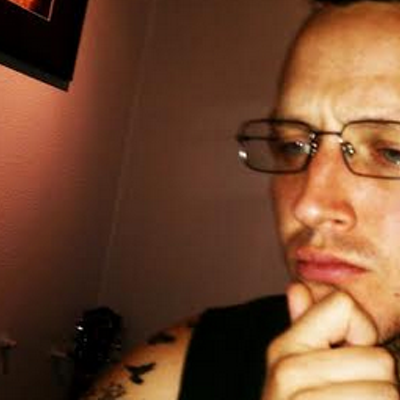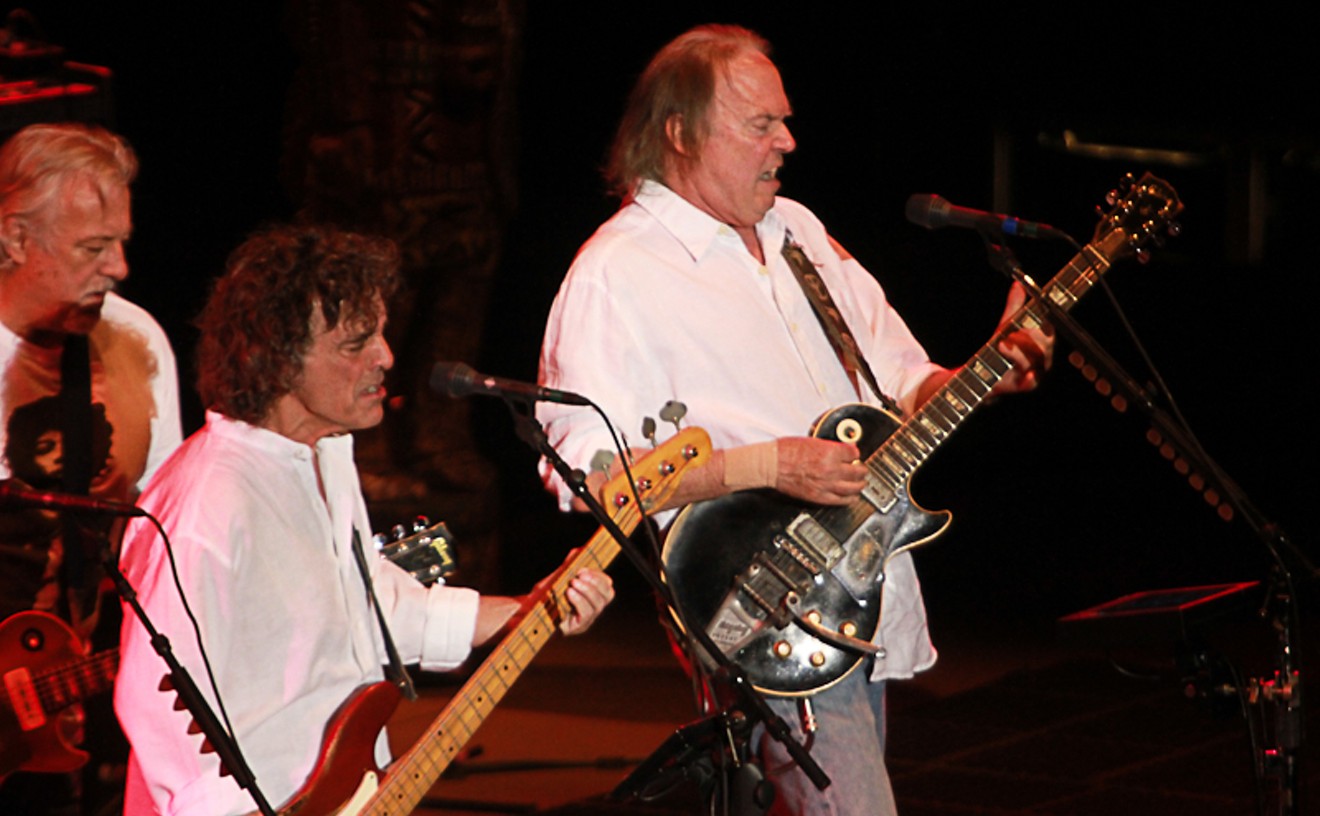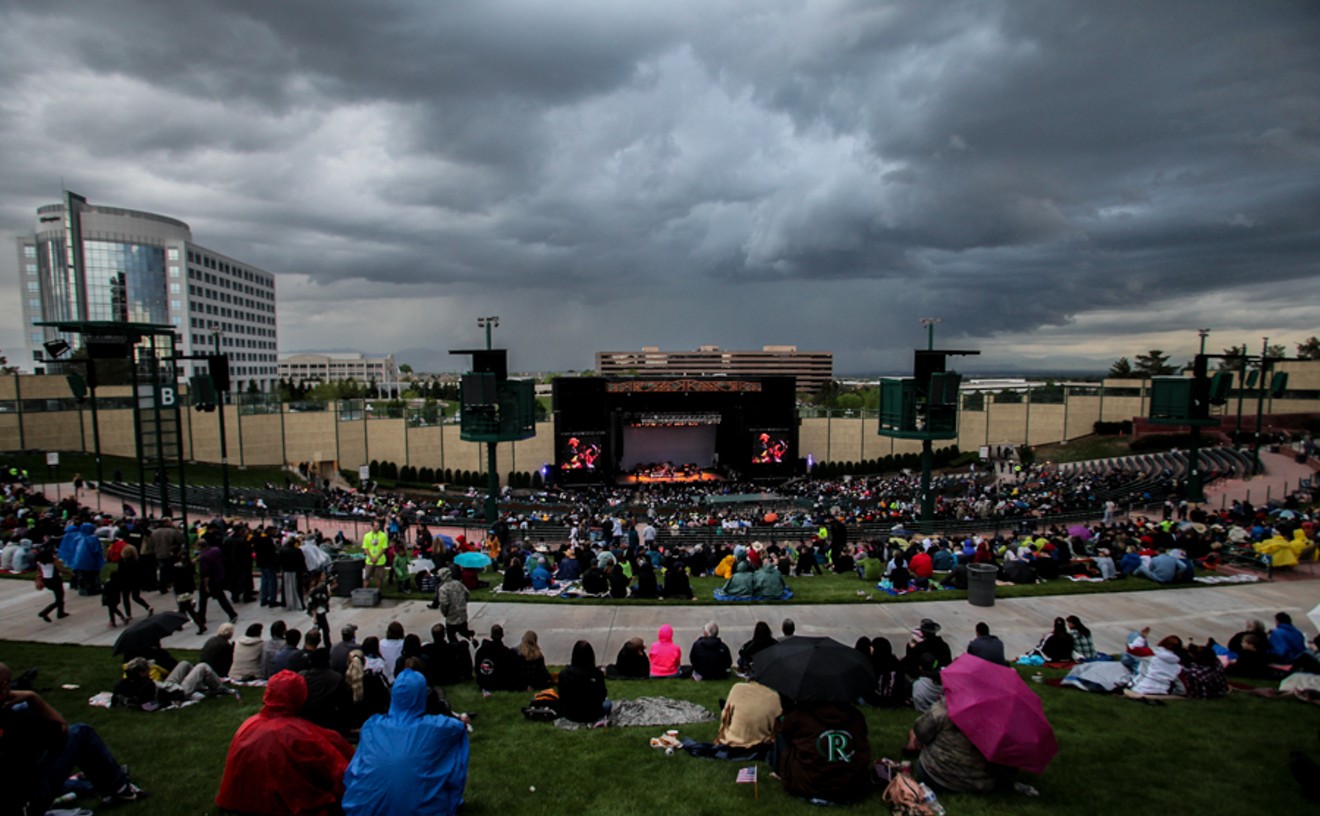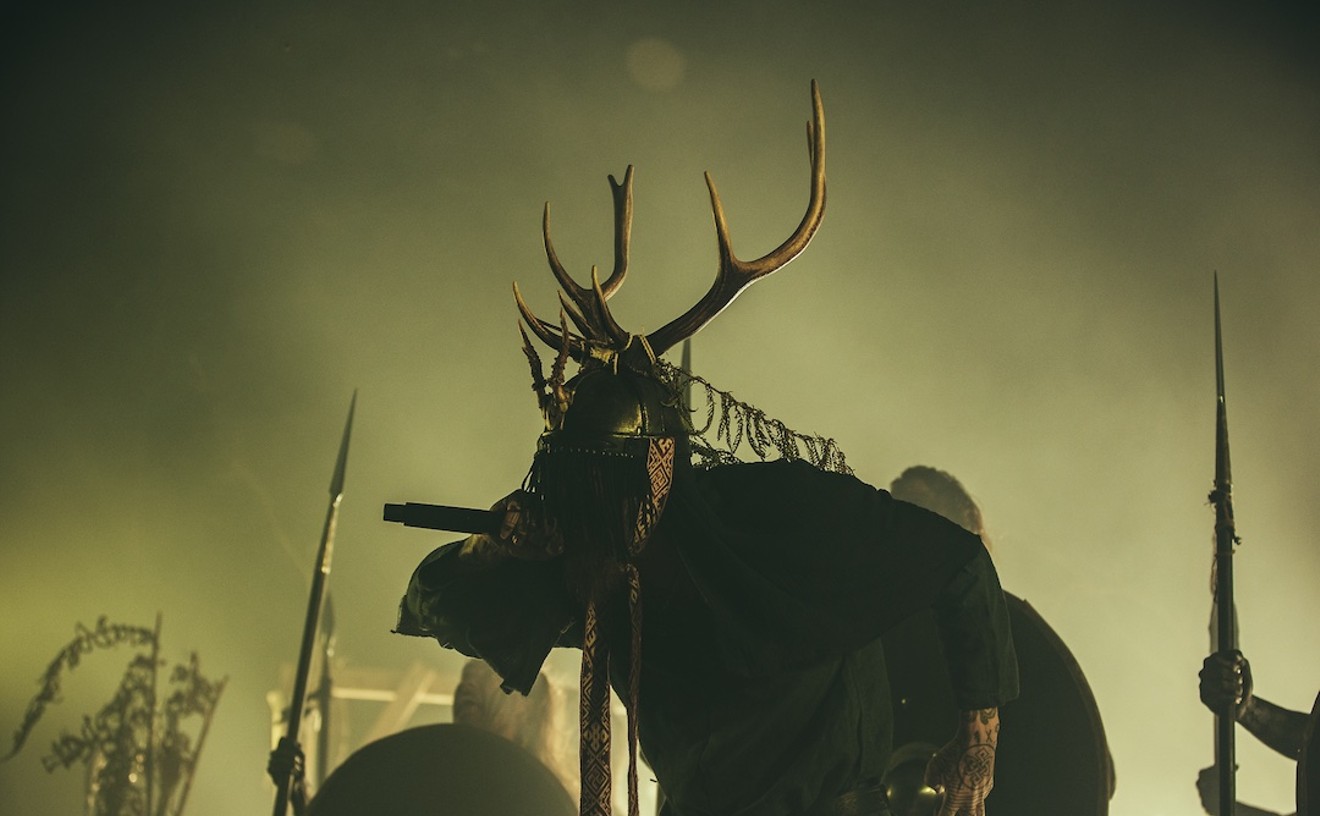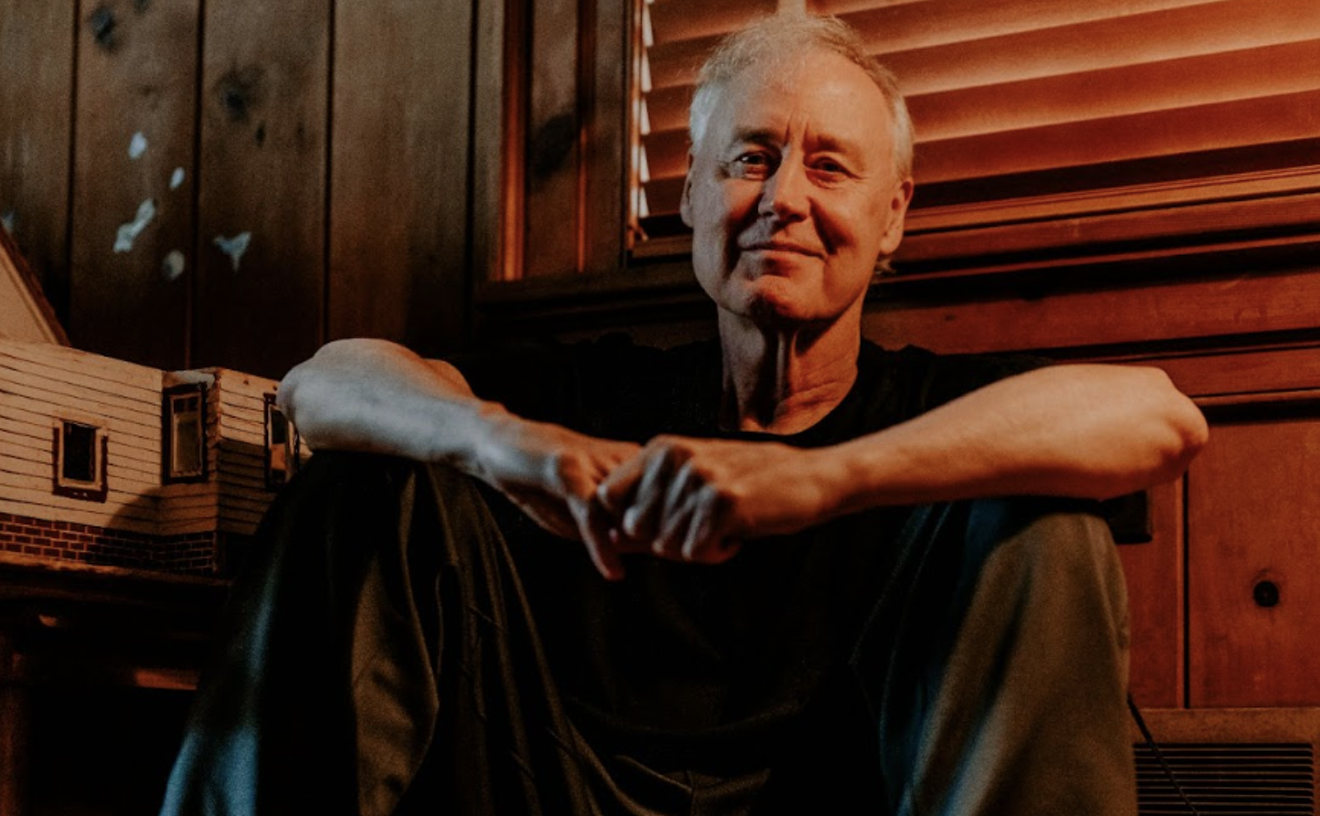You haven't lived until you've huffed paint fumes on the front lawn of an old folks' home. Good times. Just ask the Still City's Brian Knab.
Relax. This was no COPS episode. Knab and his bandmates were on tour in Minnesota and stopped to visit Knab's grandpa just outside of Minneapolis and eat something other than Burger King — oh, and to add a fresh coat of spray paint to the handmade CD-Rs they'd been selling on the road. "We got some pretty nasty looks from the people walking in," Knab recalls.
Understandably. The front lawn of an assisted-living community isn't exactly the ideal location for four scruffy, road-weary musicians to camp out. Nonetheless, you do what you've got to do to keep the tour going. And for the members of the Still City, who are set to release their first full-length, We Will Explain Everything, making the best of their surroundings has been key for the band since the beginning.
Knab, drummer Brandon Roth and guitarist Ryan Murphy grew up together in the tiny town of Monument, Colorado. A few facts about the town, which sits between Denver and Colorado Springs in the dark shadow of Focus on the Family, headquartered nearby: Its population, which is 92 percent white, tops off somewhere around 1,900 people. Cleveland Orchestra member Jesse McCormick is its most notable resident. Needless to say, it's a less than ideal setting to start a band.
Even so, it never stopped Knab and company from playing the music they loved. Knab and Roth met in their high school jazz band; the former played trombone and the latter played drums. "I was way too cool for jazz band," Ryan Murphy recalls of those early years. "I came later in the picture, when Brian and Brandon started drinking beer."
Inspired by a shared love of punk, the trio formed a band called Right Turn Phenomenon, which, as Murphy remembers, was "loud, fast and bad — emphasis on the bad." The outfit also shared a love for Laymen Terms, a band from the Springs. "We wanted to be them, but we failed," Knab confesses.
Growing disillusioned with their surroundings, each of the guys eventually picked up sticks and left Monument. "Anybody that grows up there wants to leave as soon as possible," Murphy explains. Curiously, though, rather than regroup somewhere else, the three friends headed off in different directions. Murphy ended up in Fort Collins, Roth set up shop in Denver, and Knab landed in Boulder.
For Knab, the move was made more out of obligation than to pursue music. "It was just sort of assumed that you'd go to college right after high school," he explains. "I left because everyone else was doing it. I'm not a particularly courageous person."
Knab didn't exactly thrive at the University of Colorado — perhaps because he was simply going through the motions, or maybe because he was away from home for the first time — and ended up failing school.
As luck would have it, so did his friends.
"All three of us, as a group, without talking to each other," Knab recalls, "failed out of college the first time around."
After a brief retreat to Monument, Knab and his old bandmates decided that a move to Denver was in order. This time it was on their own terms and specifically to start a band. The Still City formed as a result, in a basement apartment at Ninth and Pearl, with then-bassist Brendan Gann. Shortly thereafter, the band cut its first EP, These Songs Are Walls, which Murphy refers to as "bad Nintendo jam music" because of the electronic drums and synth the group used at the time.
The group chalks this up to a slew of new influences they were exposed to after arriving in Denver. "When that first EP came out, we didn't know what we wanted to sound like," Knab admits. "We wanted to be the Photo Atlas. They were already doing it well enough, though. We didn't need to add any more to that."
As they discovered acts like Arcade Fire and Built to Spill, the sound they had been striving for since high school slowly began to take shape. "I listened to the radio up until I went to college," Roth remembers. "Finally people started playing good music for me, and I realized the stuff I played before was shit. I eventually came around."
As the band evolved, Gann was replaced by more seasoned bassist Jeff Wiencrot, a move that carried almost no hard feelings. "Brendan was a pain in the ass," Murphy says, eyeballing the tape recorder. "You shouldn't write about that.... We still like him on a personal level."
The group then recruited a keyboard player, Harold Hausman, and recorded a second EP, Light and the Machines. Although the results were closer to what the band was aiming for, they still adhered closely to that dance-punk sound they were trying to avoid. As they immersed themselves in the scene, the players began to come into their own.
"People put a lot of effort into their stage show and the way they sound live," Murphy points out, something he learned as he attended more and more local shows. "It's something that, as a 21-year-old, you don't really understand. We were that age when we first started this band."
The move from Monument had been pivotal for the trio, not just in terms of developing their sound, but ultimately in inspiring their art. We Will Explain Everything was originally intended to be a concept album about a man who lives in a small apartment. The man sees people on his television and then looks out his window but can't discern the difference between the two.
This concept proved too difficult for Knab to execute, and the project instead turned into an album about urban expression told from the perspective of a small-town kid moving to the big city. Although the main character is fictitious, Knab can obviously relate to him. "The fact that I think it would make a good story," Knab notes, "is certainly a consequence of my predilections."
Indeed. The song "The Thought of Your Bones" is a quiet and mournful acoustic tune amid an album full of passionate, soaring indie-rock songs in which Knab croons, with a lamenting tone, about a wolf- and bear-filled woods "down the road from my parents' old place" and later sings, "These old forests are yours."
"I've been writing a lot about home," Knab reveals. "I don't know why. It seems like when I moved to Denver, I was so enamored with the city that I wrote everything about it. With this record, I started thinking about all of the stuff I used to take for granted back home — dirt roads frozen hard in the cold, the mountains, the forests. For some reason, with this record, I finally started writing down some of these images that stuck with me from when I was a kid."
Other songs on the album focus more on Knab's relationship with the city he lives in now, calling up images of a lonely man dealing with the trappings of living in a "dark city" filled with smoke-emitting factories surrounded by suburban sprawl. To keep any parallels to Knab's life detached, the narratives are delivered from a third-person perspective.
"Switching perspective gives me more room to tell the story I'm trying to tell," he offers. "If it's successful, the lyrics will call up the image and emotion I intended. It's not always successful, but sometimes failing is interesting, too."


